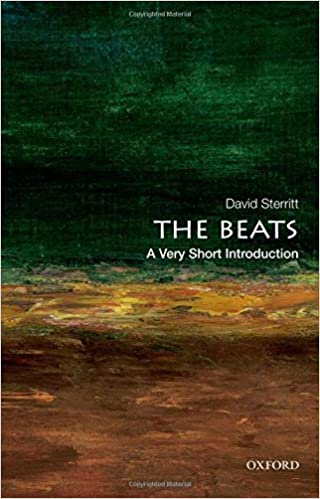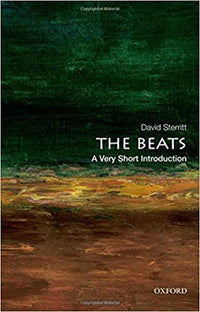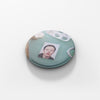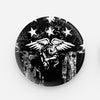
The Beats: A Very Short Introduction
Paginas
144Formato
PaperbackFecha de lanzamiento
August 2013Editora
Oxford University PressPeso
4.2 ozTamaño
6.6 x 0.4 x 4.4 "In the late 1950s and early 1960s, the writers of the Beat Generation revolutionized American literature with their iconoclastic approach to language and their angry assault on the conformity and conservatism of postwar society. They and their followers took aim at the hypocrisy and taboos of their time--particularly those involving sex, race, and class--in such provocative works as Jack Kerouac's On the Road (1957), Allen Ginsberg's "Howl" (1956), and William S. Burroughs's Naked Lunch (1959).
In this Very Short Introduction, David Sterritt offers a concise overview of the social, cultural, and aesthetic sensibilities of the Beats, bringing out the similarities that connected them and also the many differences that made them a loosely knit collective rather than an organized movement. Figures in the saga include Neal Cassady, Gregory Corso, Lawrence Ferlinghetti, John Clellon Holmes, Carolyn Cassady, and Gary Snyder. As Sterritt ranges from Greenwich Village and San Francisco to Mexico, western Europe, and North Africa, he sheds much light on how the Beats approached literature, drugs, sexuality, art, music, and religion. Members of the Beat Generation hoped that their radical rejection of materialism, consumerism, and regimentation would inspire others to purify their lives and souls as well. Yet they urged the remaking of consciousness on a profoundly inward-looking basis, cultivating "the unspeakable visions of the individual," in Kerouac's phrase. The idea was to revolutionize society by revolutionizing thought, not the other way around. This book explains how the Beats used their antiauthoritarian visions and radical s to challenge dominant values, fending off absorption into mainstream culture while preparing ground for the larger, more explosive social upheavals of the 1960s.
More than half a century later, the Beats' impact can still be felt in literature, cinema, music, theater, and the visual arts. This compact introduction explains why.






